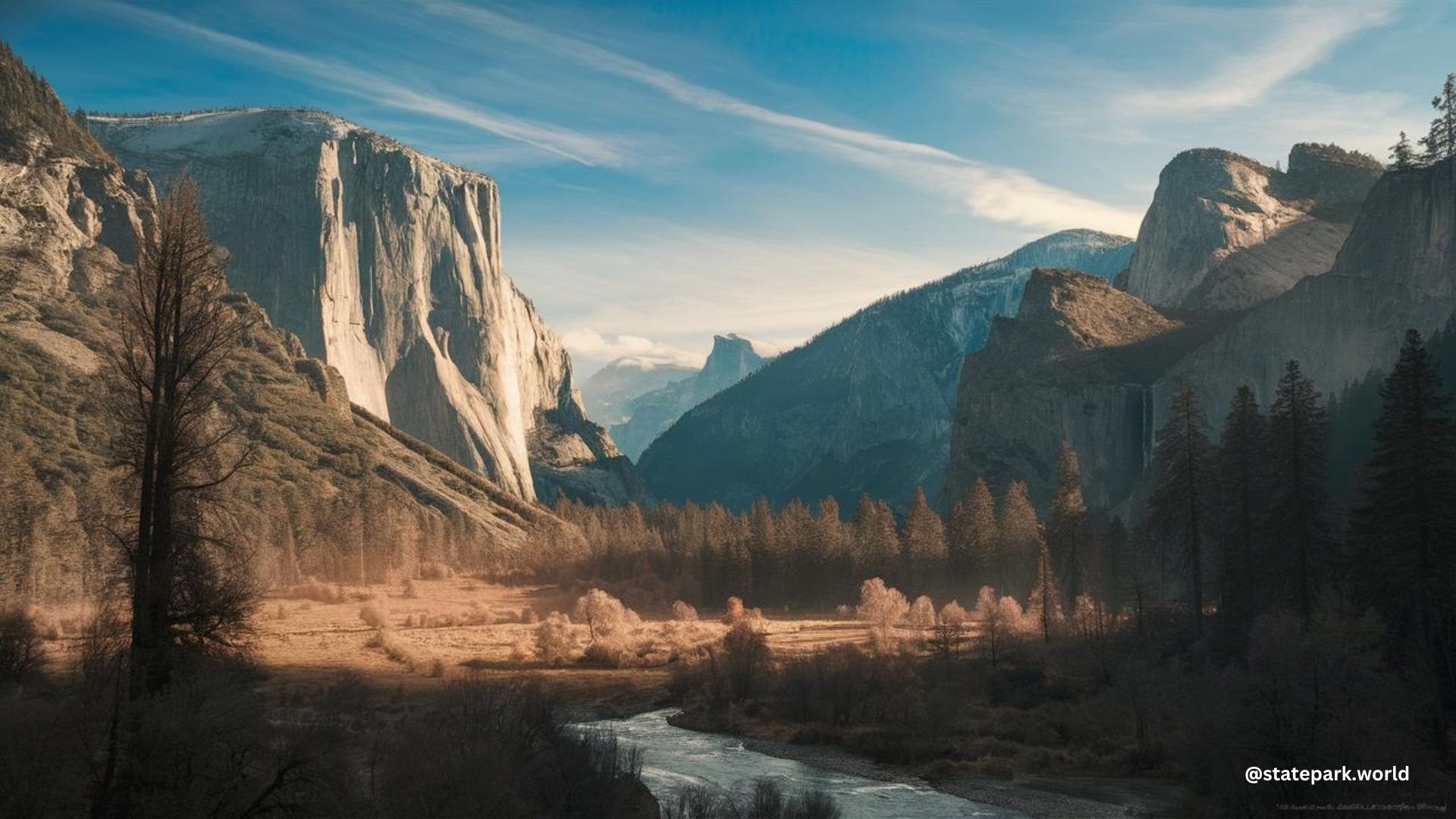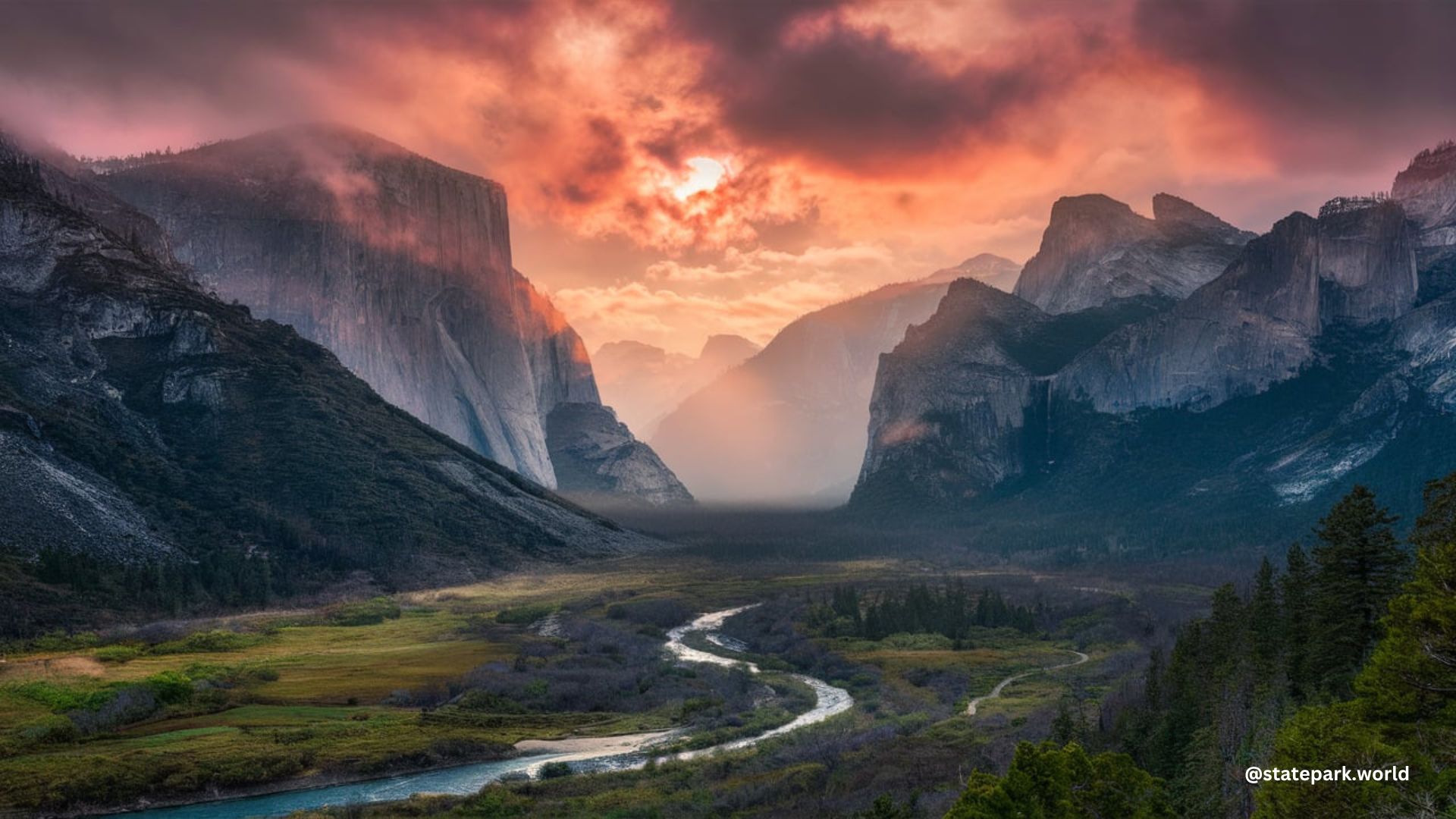Yosemite National Park is a true gem of the United States, offering breathtaking landscapes, diverse wildlife, and endless opportunities for outdoor adventure. One of the most popular activities in Yosemite is backpacking, which allows visitors to immerse themselves in the park’s stunning wilderness. However, navigating the Yosemite National Park Backpacking Reservations system can be a daunting task, especially for first-time visitors. In this comprehensive guide, we’ll explore the ins and outs of the reservation process, helping you plan your dream Yosemite backpacking trip.
Understanding the Yosemite National Park Backpacking Permit System
Yosemite National Park requires a wilderness permit for any overnight stay in the Yosemite Wilderness, including backpacking and overnight climbing. These permits are essential for maintaining the delicate balance of the park’s ecosystem and providing opportunities for solitude, as mandated by the Wilderness Act.
The permit system operates on a reservation-based model, with 60% of the daily trailhead quotas available through a lottery system and the remaining 40% allocated on a first-come, first-served basis. The lottery system opens 24 weeks in advance, and any remaining permits are released the Friday after the lottery application period closes, up to three days before the intended start date.
During the peak season from May through October, the 40% of permits available on a first-come, first-served basis can be obtained starting the day before the intended start date. In the off-season, from roughly November through April, visitors can obtain a wilderness permit without reservations or fees at self-registration or permit issuing stations.
Applying for Yosemite National Park Backpacking Permits

The process of applying for Yosemite National Park Backpacking Permits can be divided into two main steps:
-
Lottery Application: The lottery application period opens 24 weeks in advance, and you can only apply once per weekly lottery. The fee for each application is $10, and if you receive a permit, an additional fee of $5 per person applies.
-
First-Come, First-Served Permits: Any remaining permits after the lottery are released the Friday after the lottery application period closes and are available up to three days in advance. During the peak season, the 40% of permits allocated for first-come, first-served can be obtained starting the day before the intended start date.
It’s important to note that you can only have six active (i.e., future) reservations at any given time, and the permits are non-refundable and non-transferable.
Preparing for Your Yosemite Backpacking Adventure
Once you’ve secured your Yosemite National Park Backpacking Permit, it’s time to start planning your adventure. Here are some key considerations:
Choosing Your Trailhead and Route
Yosemite National Park offers a vast network of trails, each with its own unique features and challenges. When selecting your trailhead and route, consider factors such as difficulty, elevation gain, and the type of terrain you’ll encounter. The park’s website and ranger stations can provide valuable information to help you choose the best option for your skill level and preferences.
Packing and Gear Considerations
Backpacking in Yosemite requires careful planning and preparation. Make sure to pack the essentials, such as a sturdy backpack, sleeping bag, camping stove, and first-aid kit. Additionally, consider the weather conditions and pack accordingly, as the park’s diverse landscapes can experience significant temperature and weather variations.
Leave No Trace Principles
Yosemite National Park is a delicate and fragile ecosystem, and it’s crucial that visitors adhere to the Leave No Trace principles. This includes packing out all trash, respecting wildlife, and minimizing your impact on the environment. By following these guidelines, you can help preserve the park’s natural beauty for generations to come.
Navigating the Yosemite Wilderness
Once you’ve arrived at Yosemite and are ready to embark on your backpacking adventure, there are a few additional considerations to keep in mind:
Campsite Selection and Regulations
Yosemite’s wilderness has specific regulations regarding campsite selection and use. Be sure to familiarize yourself with these guidelines, which may include restrictions on the number of people per campsite, the distance from water sources, and the use of bear-proof food storage containers.
Wildlife Encounters and Safety
Yosemite is home to a diverse array of wildlife, including bears, mountain lions, and rattlesnakes. It’s essential to be prepared for potential encounters and follow the park’s guidelines for safe behavior, such as storing food properly and giving wildlife a wide berth.
Navigation and Trail Conditions
Yosemite’s trails can be rugged and challenging, with varying levels of difficulty and terrain. Familiarize yourself with the park’s trail maps and consider bringing a GPS device or navigation app to ensure you stay on track. Additionally, be aware of trail conditions, as weather and seasonal changes can impact the accessibility and safety of certain routes.
Conclusion
Yosemite National Park’s Backpacking Reservations system may seem complex at first, but with the right information and preparation, you can plan an unforgettable wilderness adventure. By understanding the permit process, packing the right gear, and adhering to the park’s regulations, you can immerse yourself in the stunning natural beauty of Yosemite and create lasting memories. So, start planning your Yosemite backpacking trip today and get ready to explore one of the most breathtaking landscapes in the United States.

